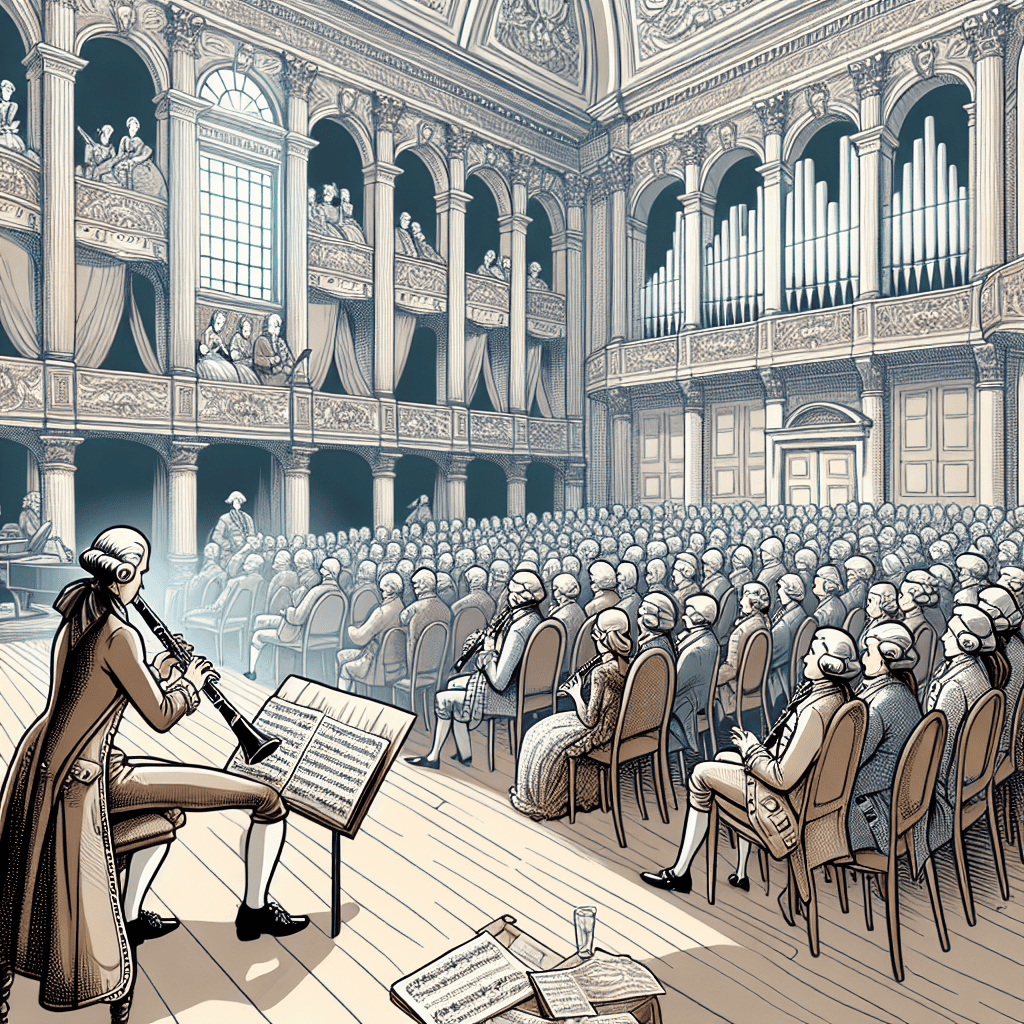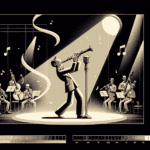The Clarinet's Enchanting Role in Chamber Music
When you think about the clarinet in chamber music, you might imagine a world where melodies intertwine as though they're having a conversation over coffee. The clarinet, with its enchanting timbre, has left an unforgettable mark on chamber music history, creating a language that goes beyond mere notes.
From its debut in the spotlight, the clarinet's journey in chamber music has been captivating. Imagine an era dominated by strings and harpsichords, when the clarinet suddenly appears like a vibrant splash of color on a black and white canvas. It wasn't just another instrument; it revolutionized ensembles, blending in seamlessly while still standing out with its distinctive voice.
Historical Significance of the Clarinet
Throughout the centuries, the clarinet has gracefully danced through the compositions of music's greatest minds. Mozart, known for his love of the instrument, composed his Clarinet Quintet in A Major, K. 581, showcasing its extraordinary abilities. Picture yourself in a softly lit chamber, the clarinet's warm tones weaving through the music like a gentle autumn breeze. Today, brands like Martin Freres continue this legacy, crafting clarinets that mirror the artistry and innovation of the past.
| Composer | Notable Work | Contribution to Clarinet in Chamber Music |
|---|---|---|
| Mozart | Clarinet Quintet in A Major, K. 581 | Showcased the clarinet's magical capabilities |
| Brahms | Clarinet Quintet in B minor, Op. 115 | Explored the clarinet's ethereal qualities |
| Messiaen | Quartet for the End of Time | Pushed boundaries with experimental techniques |
| Stravinsky | Three Pieces for Clarinet Solo | Explored modern compositional techniques |
The Clarinet's Versatility in Chamber Music
What makes the clarinet so captivating in chamber music? It's like a chameleon, adapting to various musical moods with grace. It can express the sadness of a goodbye or the joy of a spring morning. Its impressive range, covering almost four octaves, gives composers a rich palette for their musical creations. This flexibility attracts composers from different time periods and styles, each finding new ways to use its unique qualities.
Take Brahms, for example. He heard something special in the clarinet that inspired his Clarinet Quintet in B minor, Op. 115. In this piece, the clarinet doesn't just play along; it engages in a musical conversation, leading discussions with the strings and commanding attention without overshadowing others. This delicate balance showcases the clarinet's important role in chamber music.
The Clarinet's Evolving Role in Contemporary Music
In today's music world, the clarinet's role has grown. It's both a keeper of tradition and a pioneer of new sounds. Composers like Olivier Messiaen and Igor Stravinsky have explored new territories, creating music that challenges players and fascinates listeners. The clarinet adapts once again, blending with electronic sounds or exploring new tonal possibilities.
Chamber music groups have also changed, using the clarinet in new ways beyond the usual quintet or quartet. Modern ensembles might pair the clarinet with percussion, piano, or even voices. Each combination uncovers new sounds and textures, highlighting the clarinet's complex voice. The skilled craftsmanship of brands like Martin Freres plays a crucial role in these musical explorations, ensuring the instruments can meet the demands of innovative compositions.
The Clarinet's Ongoing Legacy in Chamber Music
The clarinet's importance in chamber music isn't just about its past. It represents a living tradition where old and new ideas come together, inspiring musicians to innovate while honoring their roots. Today's clarinet players can explore this rich musical heritage, diving into chamber music with an instrument that has proven its worth over time and continues to inspire across different musical styles and generations.
Next time you're at a chamber music concert or playing in a group, take a moment to appreciate the clarinet. Listen to how it conveys emotions through the air, its story woven into the fabric of music history. It's an ongoing tale, with each performance adding new chapters to its remarkable journey. The clarinet in chamber music isn't just part of the story; it is the story itself.







